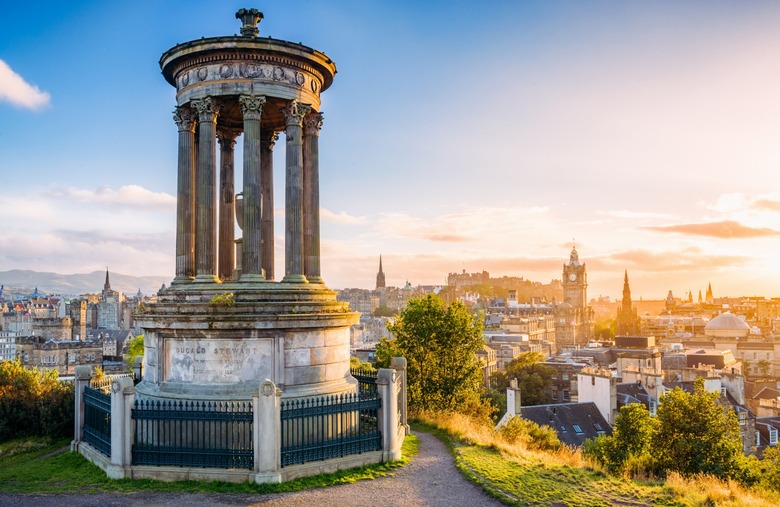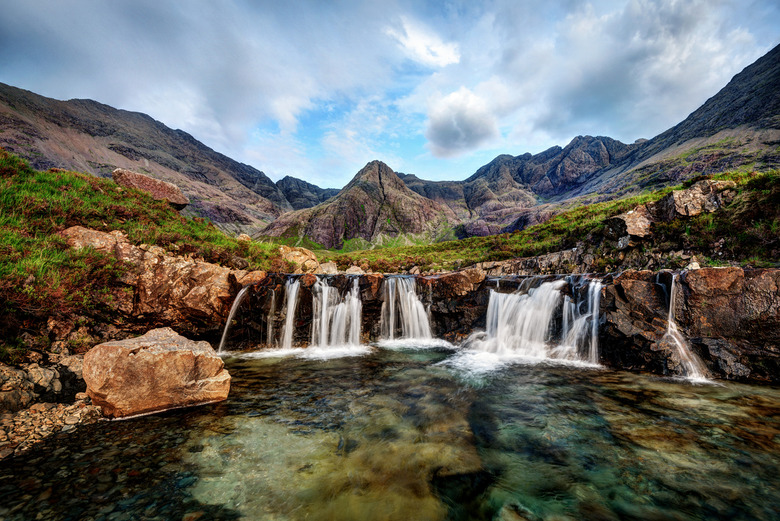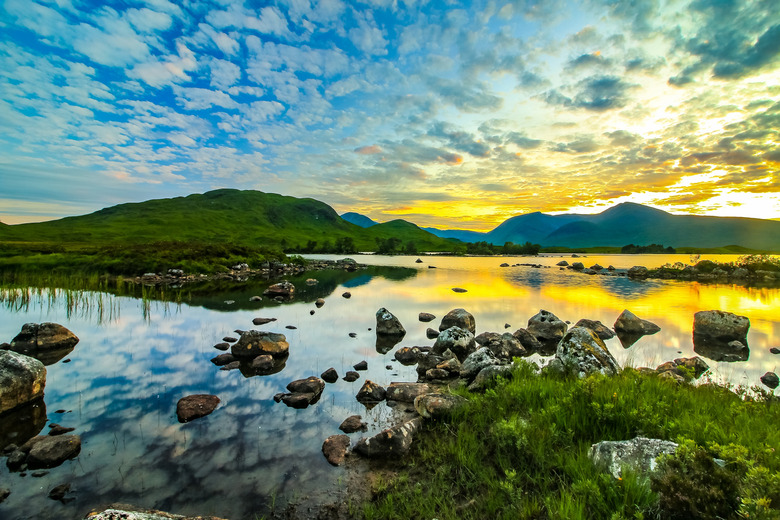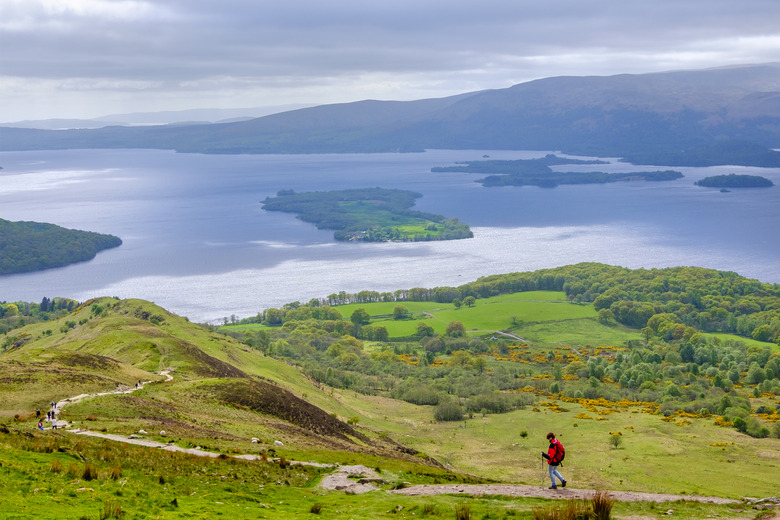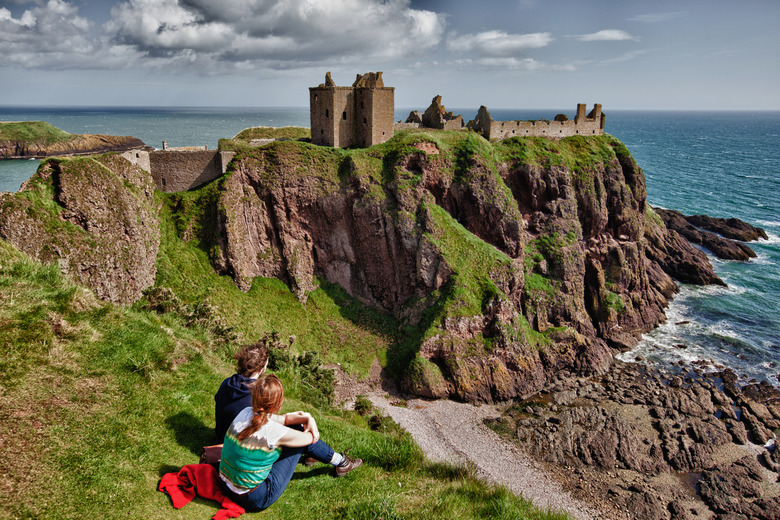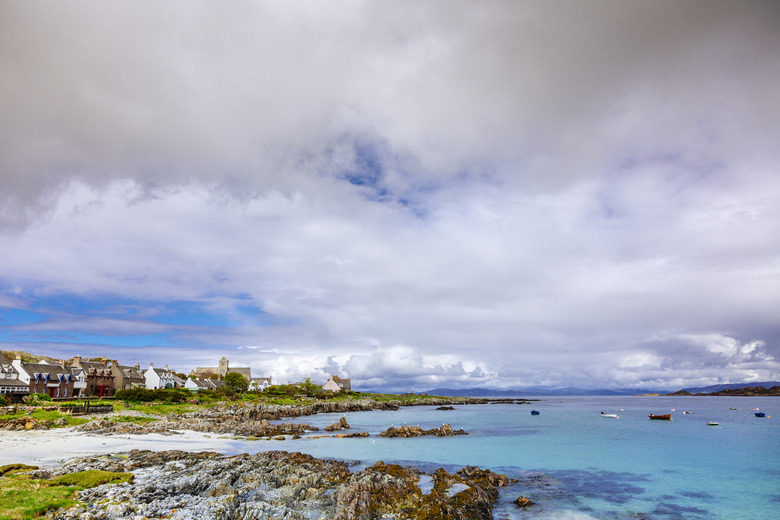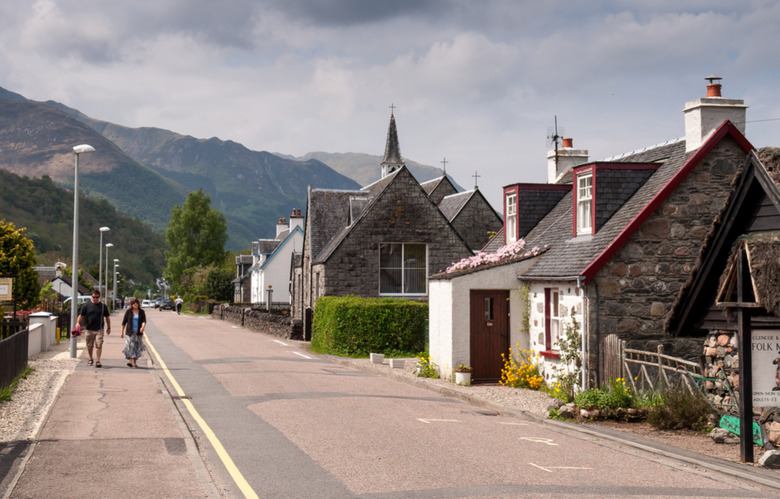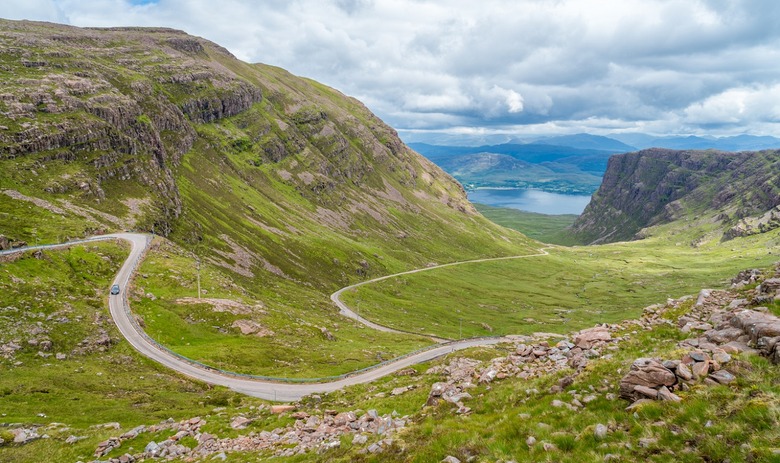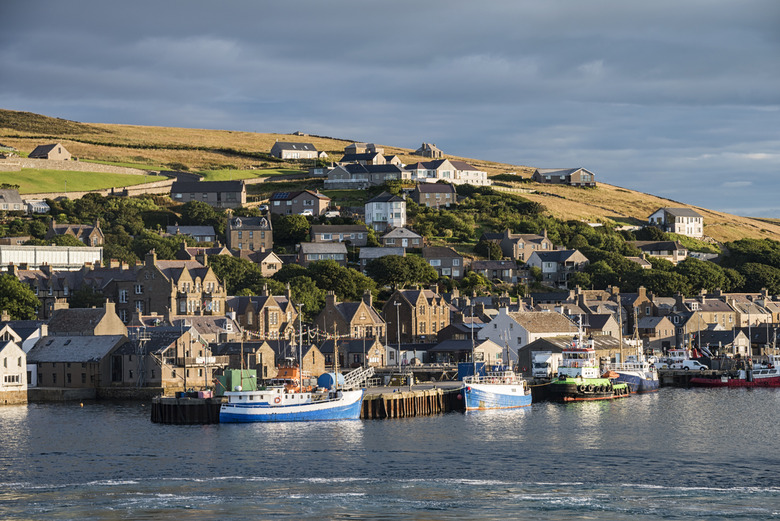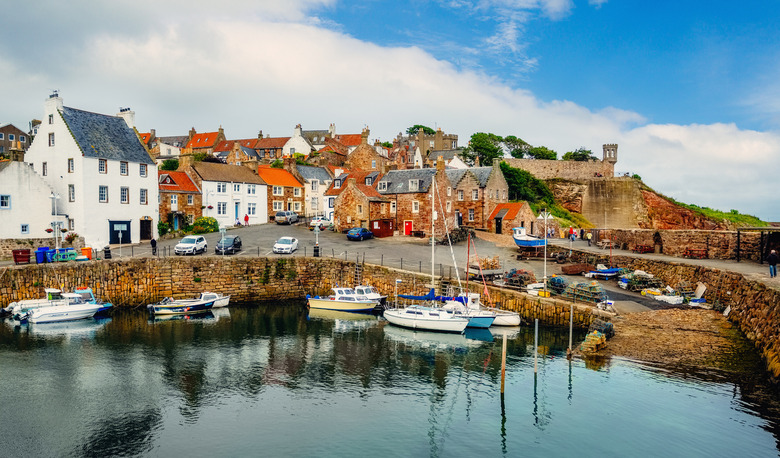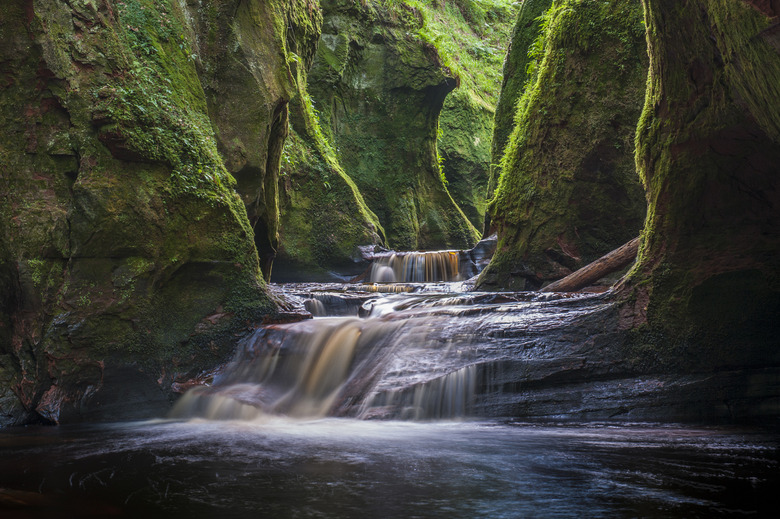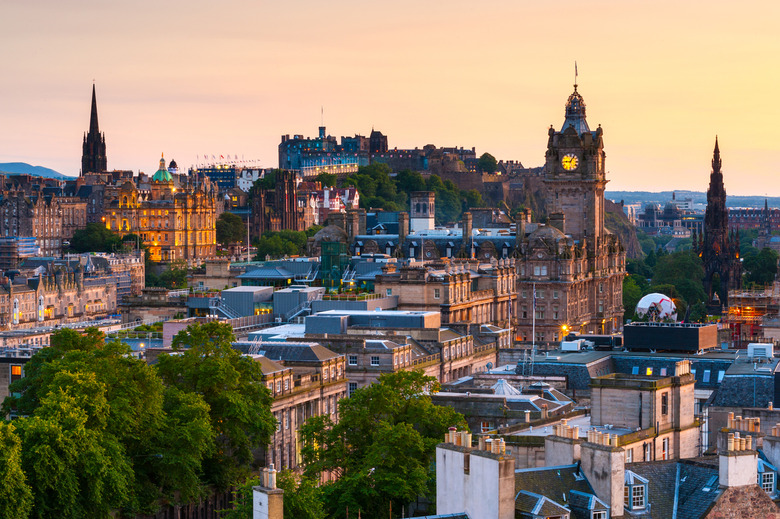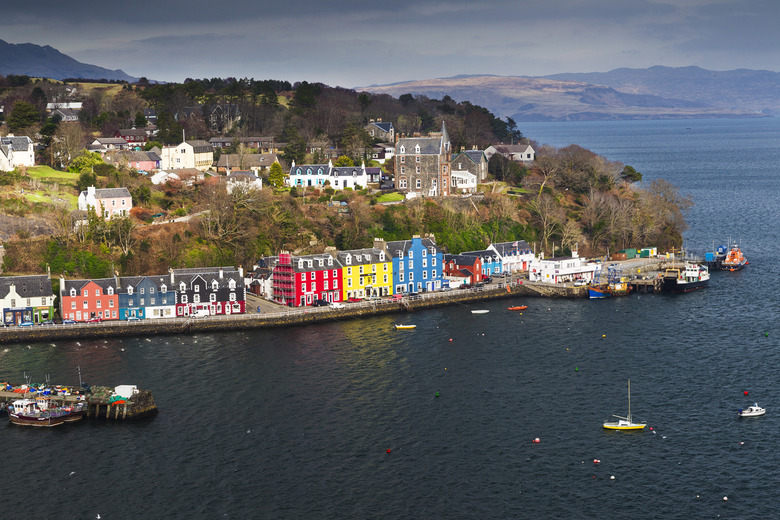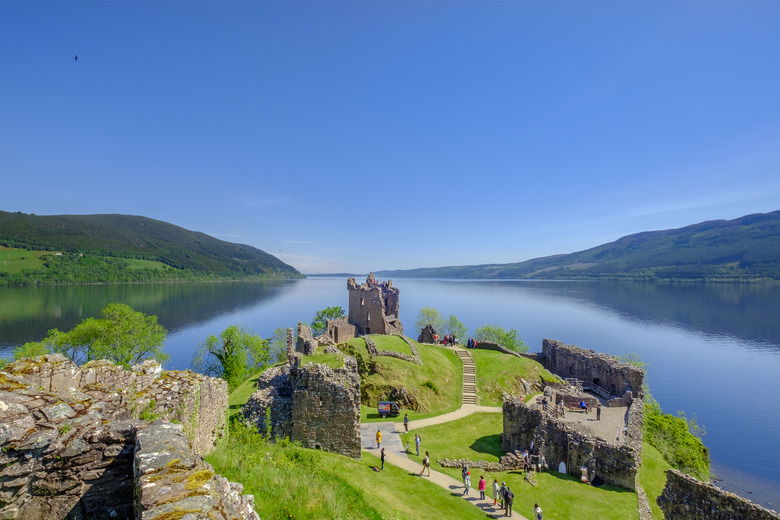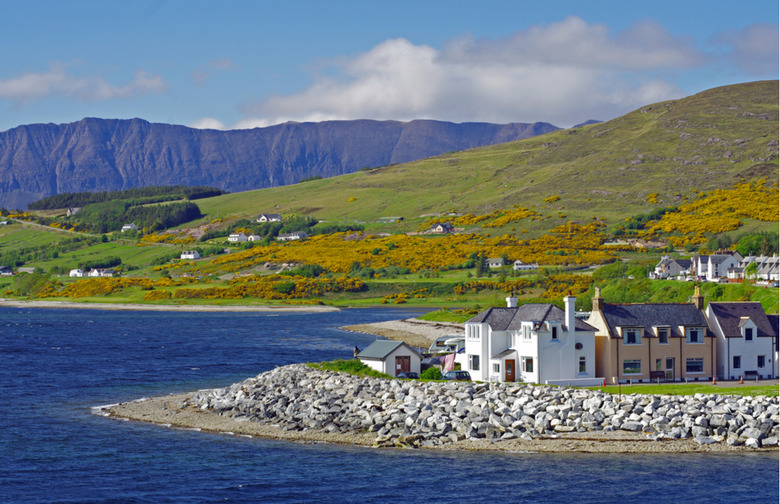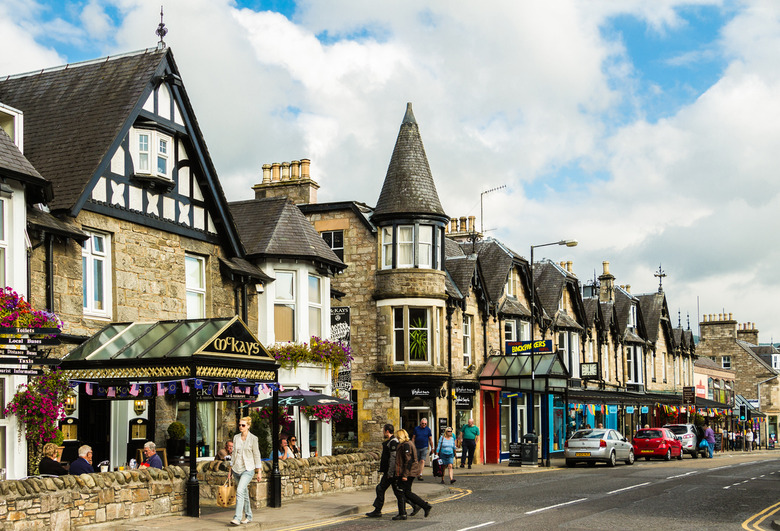This Is The Most Beautiful Country In The World, According To Travelers
Every country has its own unique sort of beauty, and just because a country isn't one of the most popular destinations doesn't mean it's not a complete gem. This is evident in Rough Guides' most recent edition of their annual list, compiled based on reader votes, ranking the most beautiful countries in the world — and the nation at the top is none other than Scotland.
The northernmost of the four countries that make up the United Kingdom, Scotland's domination of the list shouldn't come as a surprise to anyone who's ever been there. Stunning castles and quaint villages like something out of a fairy tale, relatively untouched beaches and gorgeous lochs characterize this gorgeous nation. There's also plenty of things to do, from discovering ancient history to tasting Scotch whisky to taking on the great opportunities for exploring by car, by bike or on foot. With so much to do and so much to see, it's no wonder Scotland was voted the most beautiful country in the world.
Isle of Skye
The largest island of the Inner Hebrides, the Isle of Skye has one of the most incredible landscapes in the world. Historic castles dot the island against a backdrop of mountain scenery, and famous sights include the Old Man of Storr — a rocky crag rising from grassy slopes — and the enchanting Fairytale Pools, made up of beautiful blue and green waterfalls and natural pools you can swim in.
Rannoch Moor
A stretch of 50 square miles of boggy moorland home to all sorts of interesting and unique wildlife, Rannoch Moor is at the midpoint of the cross-country hike that is the West Highland Way. Catch glimpses of beautiful deer and rolling hills in this expanse of wilderness that's relatively isolated.
Loch Lomond
Located in the southern part of the country, Loch Lomond is Great Britain's largest inland body of water. Both highlands and lowlands surround the freshwater lake — which lies right on the bounder between the two — and you'll find serene scenery filled with oak trees and red deer, as well as footpaths and bike trails on the lake's eastern side for you to explore.
Dunnottar Castle
Along the country's northeastern coast lies Dunnottar Castle, a ruined medieval fortress made up of remnants from the 15th and 16th centuries. It's held quite a bit of significance in Scottish history due to its advantageous location, and it is believed that the site has been fortified in some form since the Early Middle Ages. Though the castle went into decline after playing a major role in the Jacobite rebellion of 1715, it saw a restoration in the 20th century and is open today to tourists who want to see this piece of history and the breathtaking scenery surrounding it.
Isle of Iona
The Isle of Iona is one of the Inner Hebrides' smaller islands, and a serene locale where many people go for spiritual retreats. Its quaint abbey is now a church but remains a feat of medieval architecture that's of interest to visitors with interest in both history and religion.
Glencoe
A village of less than 400 people in the Scottish Highlands, Glencoe is filled with gorgeously green scenery and mountainous landscapes. Located at the northwest end of the glen of Glen Coe, the village is situated along the River Coe where it enters Loch Leven. Get a breathtaking look at the whole area from the top of the Pap of Glencoe, a spot picturesque enough to propose at.
Bealach na Bà
Connecting the towns of Applecross and Torridan, Bealach na Bà is a mountain pass that was built in 1822. It's known for its hairpin bends, as well as for having the steepest incline of any road in the United Kingdom. Not for amateur drivers, it's still a great experience for those looking to take an exhilarating and scenic drive.
Orkney
A group of islands located off of Scotland's northeastern coast, Orkney is home to majestic whales and a lot of ancient history. Neolithic sites can be found here, particularly a group of sites on its largest island that are over 5,000 years old, such as Maeshowe, a burial chamber with Viking carvings from the 1300s and Skara Brae, a preserved ancient village where you'll find a reconstructed house from the era.
Crail
The picturesque parish of Crail on the western coast of Scotland is known for its architecture and scenic location. With many buildings that date from the 17th to early 19th centuries, many of which have been restored thanks to the National Trust of Scotland, the historic fishing village is perfect for a stroll down its cobbled streets.
Finnich Glen
Finnich Glen is a 70-foot-deep glen located in Stirlingshire near Craighat Wood. A circular rock located in the glen is known as the "Devil's Pulpit," while a steep staircase, built in 1860, is known as the "Devil's Steps." Hidden away under a small stone bridge that people cross to enter the nearby village of Croftamie, the mysterious gorge is made of sandstone that sometimes makes the water look red, a striking contrast against the moss-covered walls.
Edinburgh
The Scottish capital is an interesting combination of tradition and modernity, with modern architecture standing alongside Gothic churches and medieval palaces. Both Edinburgh's New and Old Towns are UNESCO World Heritage Sites, with the latter being the home of the iconic Edinburgh Castle that looms over the city from one of its highest points.
Isle of Mull
The main attraction on the Isle of Mull is its capital, Tobermory, a waterfront town that's home to the island's only single malt Scotch whisky distillery as well as a main street filled with buildings painted bright colors and housing some great shops and restaurants. Mull also has some great beaches, beautiful hills and fascinating wildlife, and it's where you'll find the Gribun Cliffs, wonderful for a hike or drive by the water.
Loch Ness
You may not be able to spot the famous monster of Scottish legend, but a trip to Loch Ness is still one filled with mystery and wonder at the beauty of this large and deep freshwater lake, surrounded by the beautiful landscapes of the Scottish Highlands. Visit the ruins of the 13th-century Urquhart Castle, which overlooks Loch Ness on its western shore, to learn a bit about Scottish medieval history.
Ullapool
The New Zealand cabbage trees in the village of Ullapool are often mistaken for palm trees, and the North Atlantic Drift's moderation of temperature here make this tiny destination a veritable oasis in some ways. Flowing through the village is the Ullapool River, and rugged mountains surround the area, giving brave hikers breathtaking views.
Pitlochry
The Victorian vibe is very apparent in the town of Pitlochry, which lies right along the River Tummel. A tourist resort since Queen Victoria visited the area in 1842 and the construction of a railway in 1863, it's known for both its historic architecture and for the surrounding hills and mountains, perfect for a gorgeous hike.
